Texas to Italy: Visiting San Miniato, Day 2
Remember when Tanner and Carmen went to Italy to look for tanneries we can partner up with for our PEGAI Signature Collection? Here’s day two of their trip! We'll also be answering the following questions:
- What happened during Tanner and Carmen’s stay in San Miniato, Italy?
- Which tanneries did they visit? How are leathers being tanned there?
- What does a tanning expert have to say about vegetable-tanned leathers? How should you clean your leather goods?
Let us know about your thoughts and questions in the comments section below. We’ll see you again next time. A quick reminder to be authentic, be leather-savvy!
TRANSCRIPTION / WRITTEN ARTICLE
We’re now ready for our first day in the Santa Croce region. The day starts with a beautiful breakfast. I wasn’t aware of the nice little breakfast place they have here. And the view is amazing! It’s absolutely a beautiful way to start the day. I guess it’s going to be a good day!
We’re dealing with a little bit of a situation here. Last night, Carmen’s pants (all of them) got somehow soaked with an unknown source of water leakage in the room so that was a bit of a surprise this morning. I realized that Carmen was not at the breakfast table and I checked on him. He’s like, “Sorry, I don’t have pants to wear.” Now, I’m heading back to the car which is a bit far from the hotel because we couldn’t find the right parking spot last night. This walk to the car is absolutely gorgeous. It’s a really beautiful place.
Alright! Now, our little challenge is resolved. Carmen has his pants back and is now changing in the back. He’s very happy so we’ll give him a couple of private minutes to get back in shape and we’re ready to roll. Our first stop is going to be the MPG Tannery and we’re very excited. I’ve never been there before but I have seen their leather. They have some really cool stuff so let’s see what they have. We’ll see you guys there!
After a quick drive, we arrived at MPG Tannery. Second-generation owners, Sandra and Sabrina, welcomed us with their very, very friendly approach. We started with the rawhide section to tour their tannery. These are the bull shoulders salted, dried, and waiting to get into the tanning process. These hides are basically the raw material of the phenomenal vegetable-tanned leather they’re making. That‘s how it starts. That’s the neck shoulder section of a full hide and these are coming from a particular region in France and Italy specifically. This is a very, very highly-selected article. If you start with good raw hides, you get good leathers.
We entered the tannery where these raw hides go into the water to be rehydrated, to gain the water they lost in the salting process in these drums. After that, there’s a process called liming and dehairing where all the hair is removed and excess dirt and fat are removed from the flesh side of the hide. Then, it goes into the tanning process which is done by this vegetable tanning called Quebracho. We’re going to see this drum being emptied soon after the vegetable tanning process is completed in the drum. It takes about two to three days to tan the articles in the drums. It’s an accelerated form of vegetable tanning but it has all the traditional features of vegetable-tanned leather. It’s all done in drums, not the way it was done decades ago where the leather was being weighed in pits which took about a month or more in some cases.
Once the tanned leather is weighted to further bond it in tenons and leather fibers, they get into the dyeing process where the color is changed into the desired finished article. And then the items are squeezed off the excess water in semi-machines and go into the drying racks on the second floor. The leathers turn in this temperature-controlled area to be dried for about three to seven days in a slow, drying process and then they get really stiff after that. They need to somehow soften the leather back before they take it into further finishing processes and sometimes they use these (dry) milling drums (if it’s a tumbled article), or the other machines like staking machines that can soften the leather by punching it through.
This is their finishing laboratory where they test different chemicals and colors when they’re trying to develop new articles. This is a finishing tunnel (spray tunnel machine). That’s where they’re giving the finishing touches to the leather (maybe the color refinements or some article effects on the finished goods such as waterproofing or any form of touch, feel, gloss, shine, slippery, matte, or oily feel). That’s all done in the finishing process. All the leathers come here into their warehouse where they keep a stock of pretty much every article and color they have so they can serve their clients on a speedy basis. It was a lot of fun seeing all their articles and a large selection of their vegetable-tanned leathers done by an amazing family. They explained what they do in each article and it was a great time for me. I was like a kid in Disneyland seeing all this miraculous leather changing all the colors, seeing the reactiveness of vegetable-tanned items, and the smell of the warehouse was absolutely gorgeous.
After looking through all the available items that they have there, we have selected a few articles and colors to start our design process using vegetable-tanned Italian leather from this region. We placed our first orders with Sabrina and Sandra and very soon we’re going to make these articles in our PEGAI signature collection so stay tuned!
After MPG, we headed to the second tannery which is Volpi. They’re a third-generation tanning master. Mr. Giussepe Volpi welcomed us. He walked us through his process and tannery. We also had a small interview with him later on. This was another different article place that we enjoyed during this trip. Here, we have a small interview to get Mr. Volpi’s opinion on vegetable tanning.
After the fun interview with Mr. Volpi, we continued our tannery tour. I actually got a great perspective from him during this conversation. He said that people associate good leather with leather car seats, especially the higher-end luxury brands' leather seats. People may start thinking that their leather car seats come from luxury car brands so it must be the best kind of leather. But that’s kind of a faulty belief or assumption if that’s the path that people are taking. Leather car seats have highly protected, completely covered up leather grains so you don’t get to touch or feel the leather character at that point but it has to be done that way because of the upholstery leather. The leather that should be used in little crafts, wallets, and bags should be different that’s why if your leather bags, especially high-end leather bags, look like the leather car seats that you have in your high-end car, that’s probably not the most authentic look of the leather grain you can get. You should seek leather that does not look like your leather car seats when you’re shopping for crafts and shoes.
After this nice point, we went to see his warehouse and different articles. It smells amazing, looks amazing, and feels amazing. Again, Mr. Volpi has a great eye for leather and developing articles. We were checking his 15-year-old belt made out of one of his articles by one of his clients fifteen years ago. It’s still in great shape and it just aged into a beautiful piece.
Once we were done with this amazing day full of leather in Italy, we headed back to our hotel in these ancient-looking streets. The entire trip was fun and it was an amazing experience. We ended it with a great meal in this beautiful hotel. After having a beautiful day at two tanneries (MPG and Volpi), we came back to our hotel and we learned that San Miniato, the town where we’re staying, is known for and specializes in white truffle. It’s white truffle season and this weekend, they’re starting their yearly exhibition of the white truffle right in front of this town. Our hotel happens to have a famous restaurant specializing in white truffles so we were told that we have to try this. Now, we are enjoying the white truffle meal here with an awesome view of the Santa Croce region. So, this trip is turning out a lot better than we planned or expected. If you ever make it here around this season, you should probably plan to experience the white truffle around here.




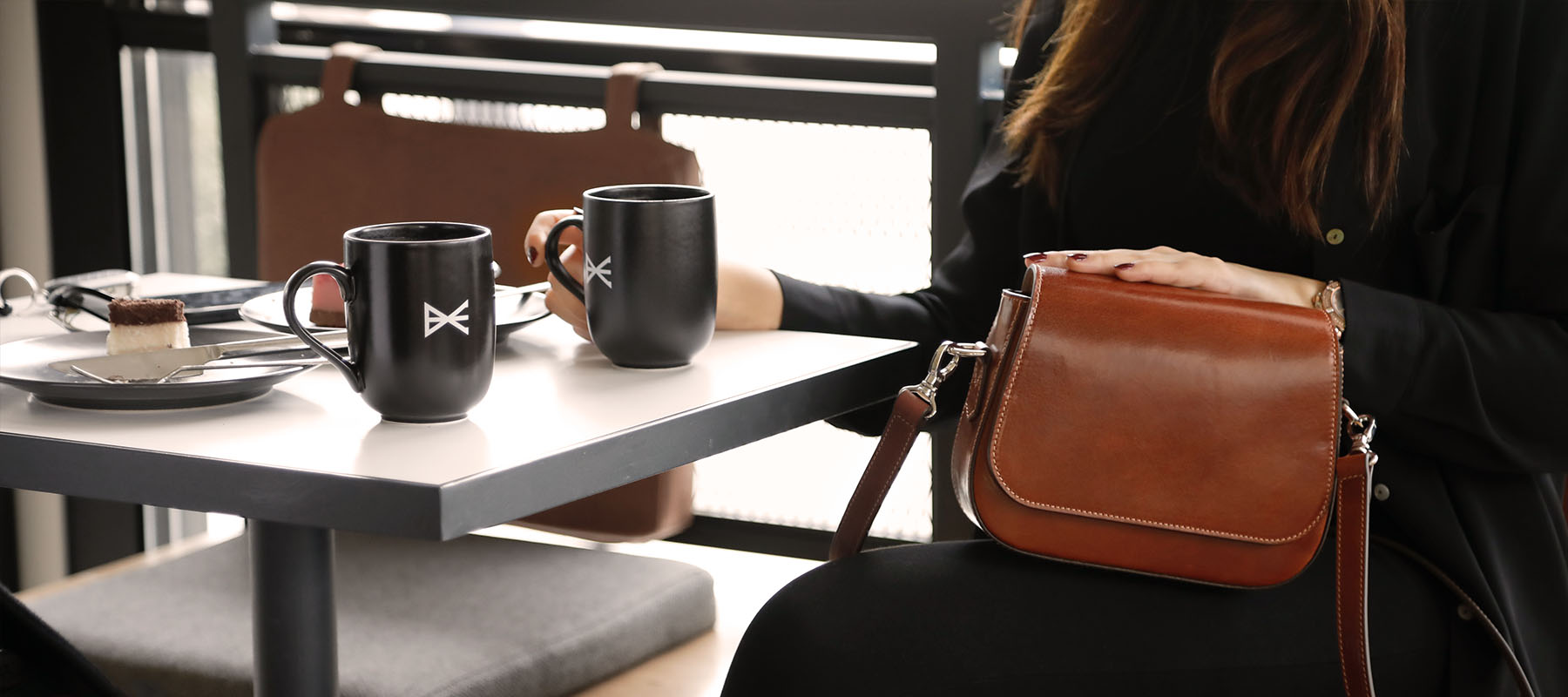
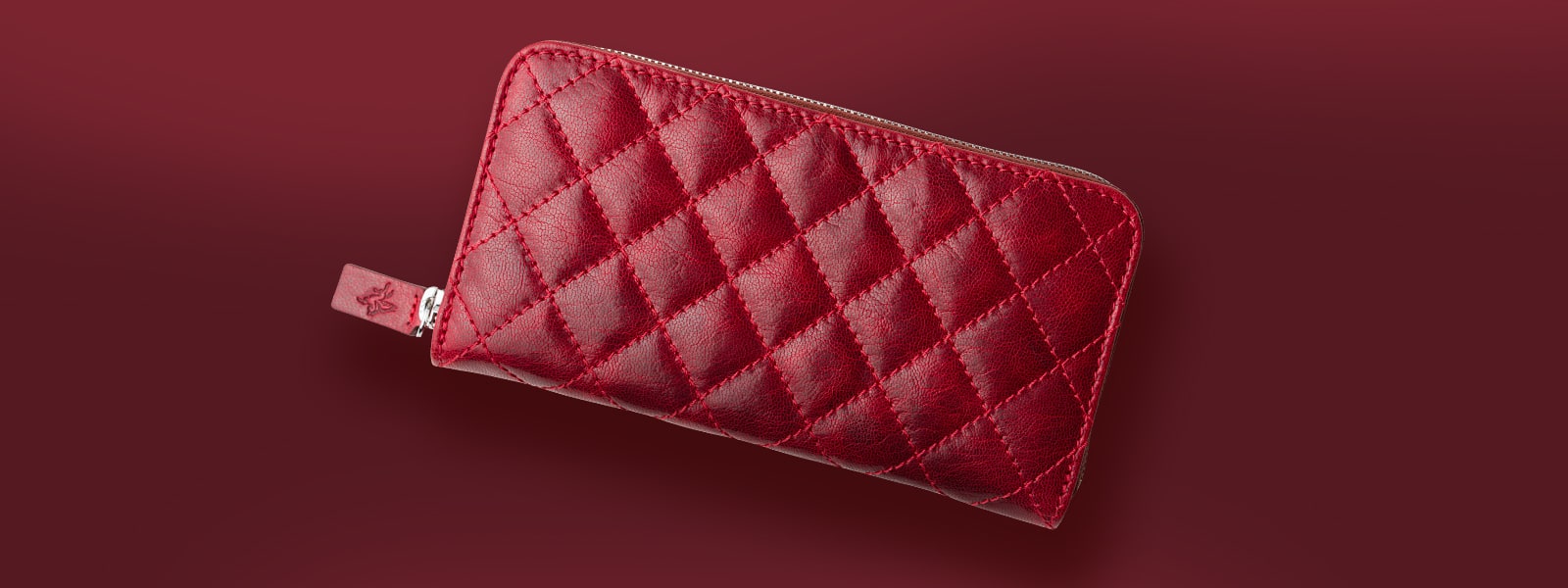
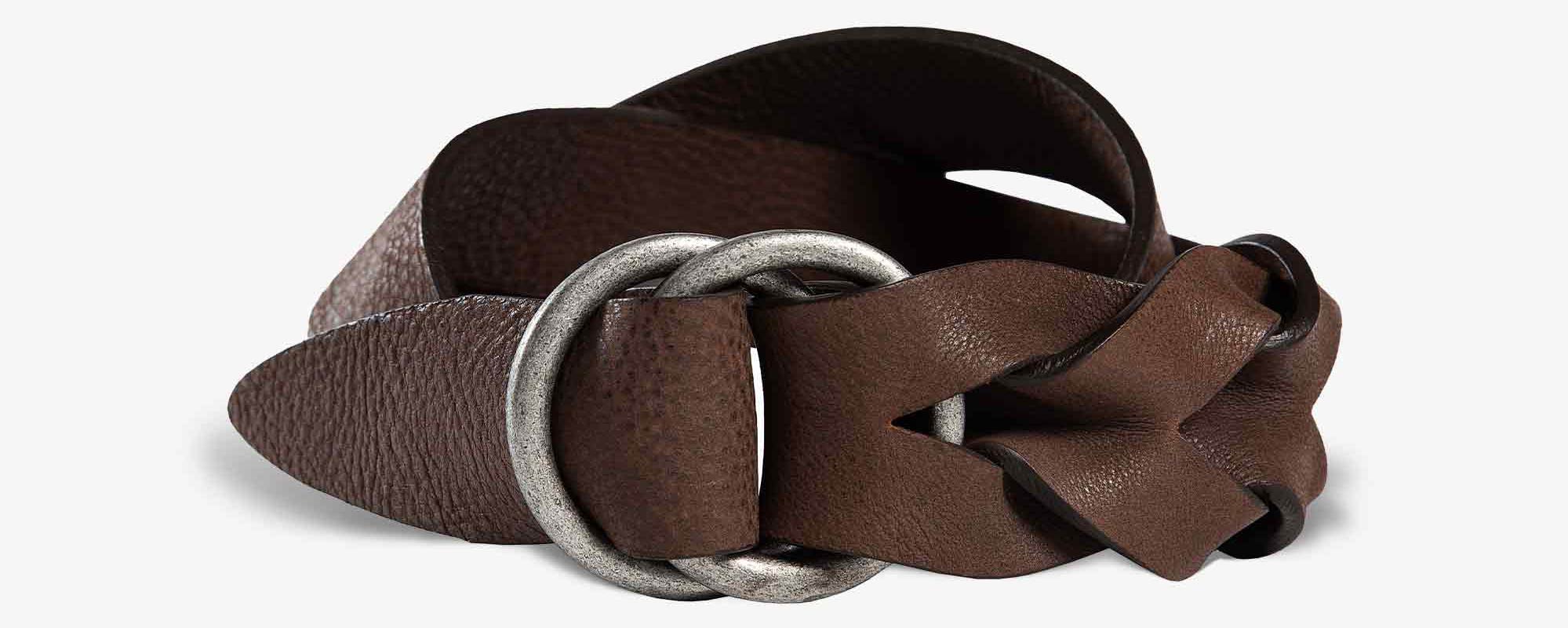
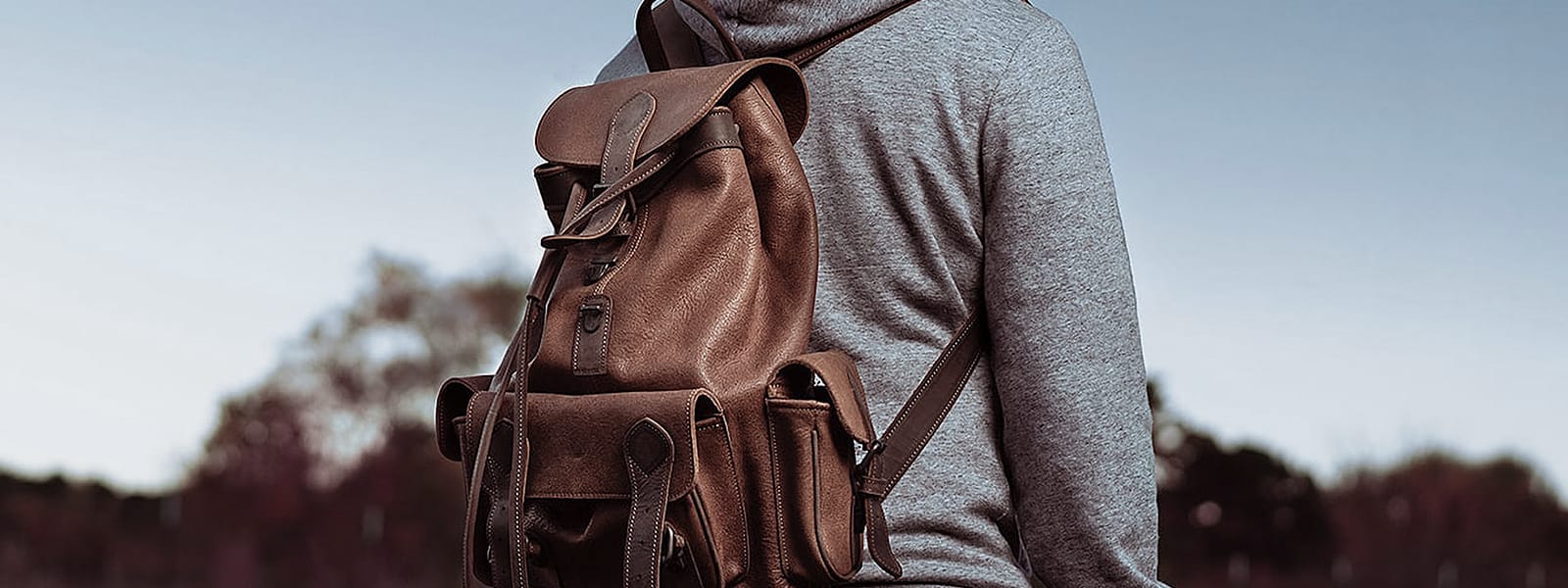
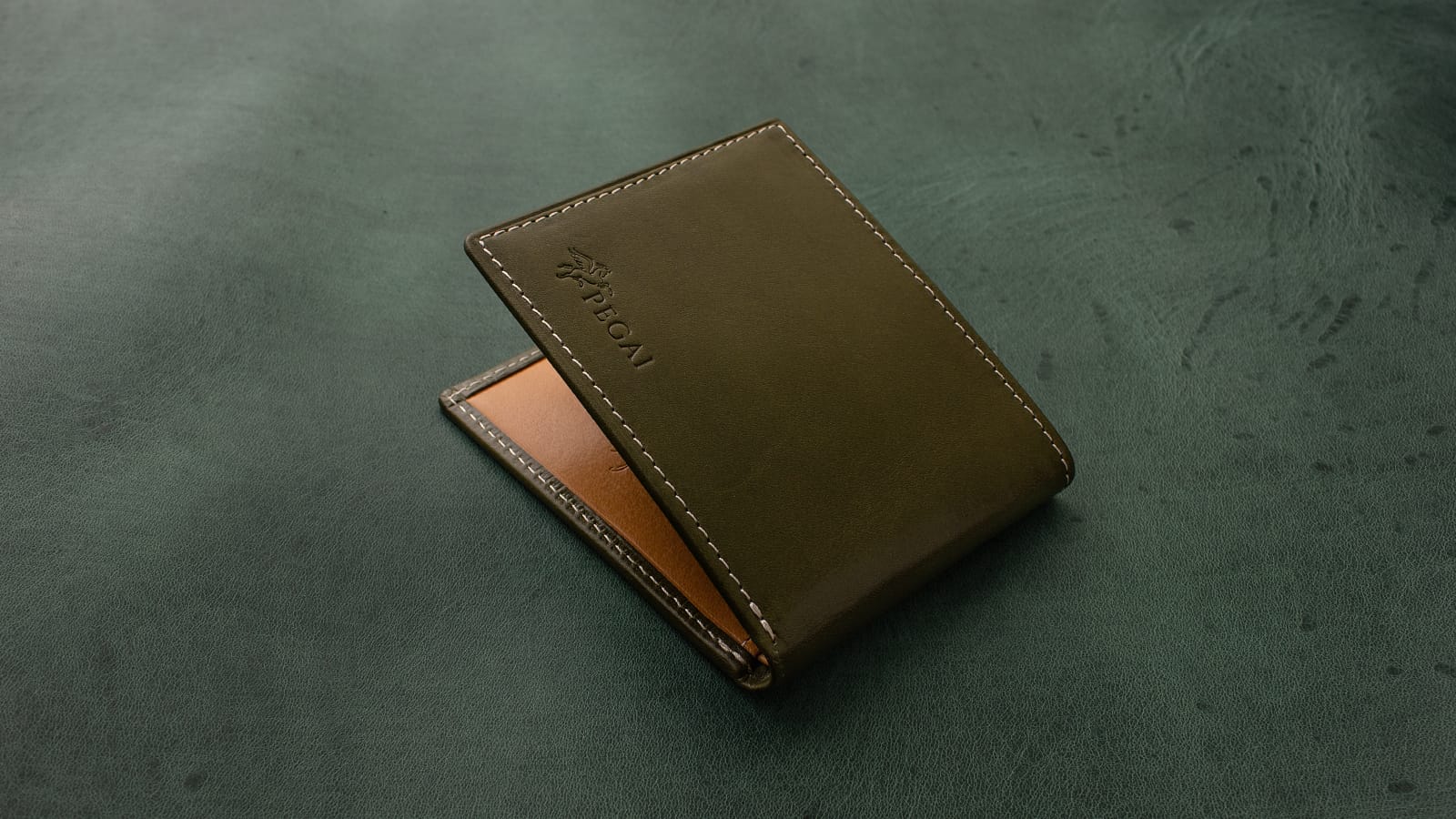
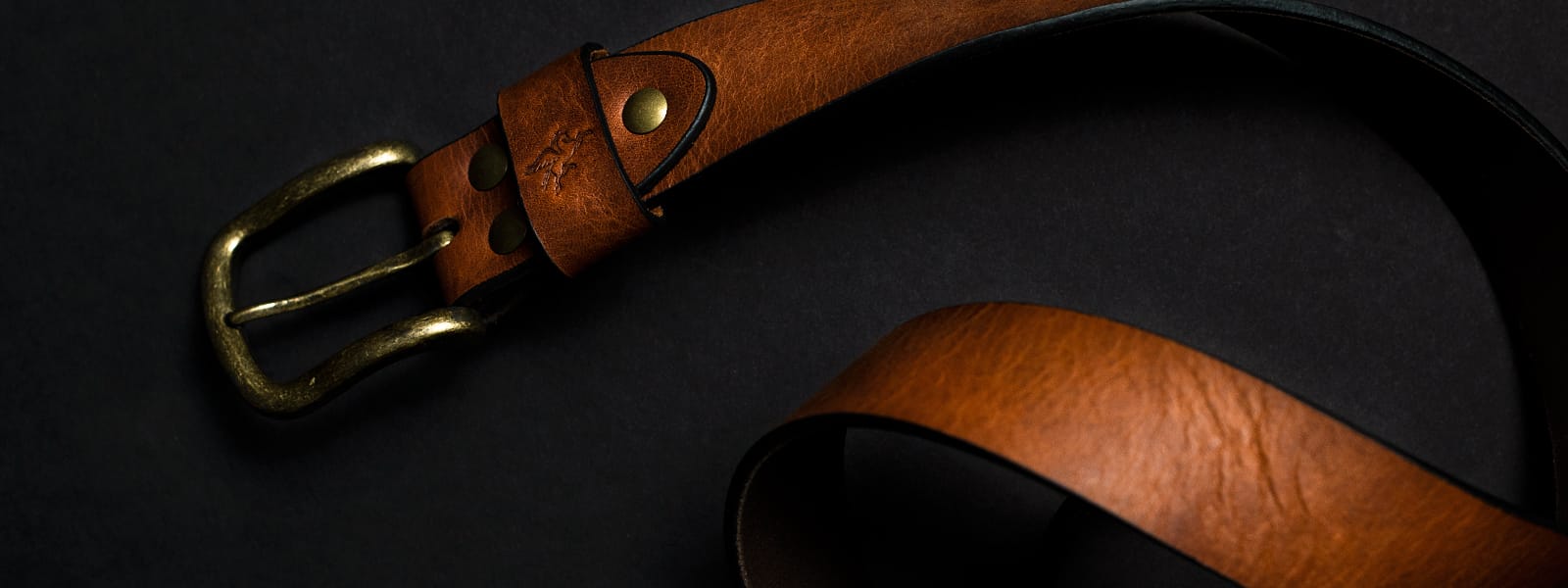
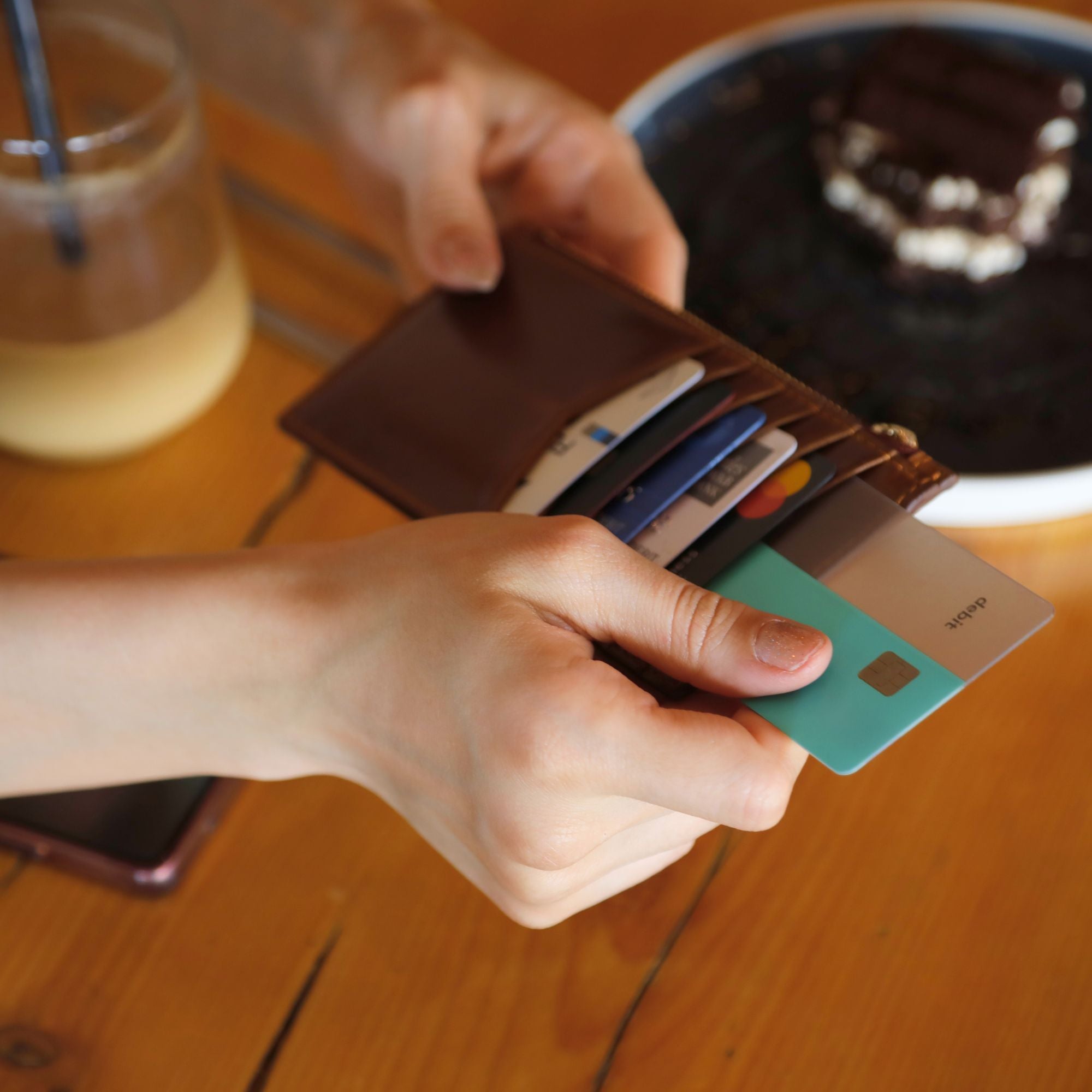
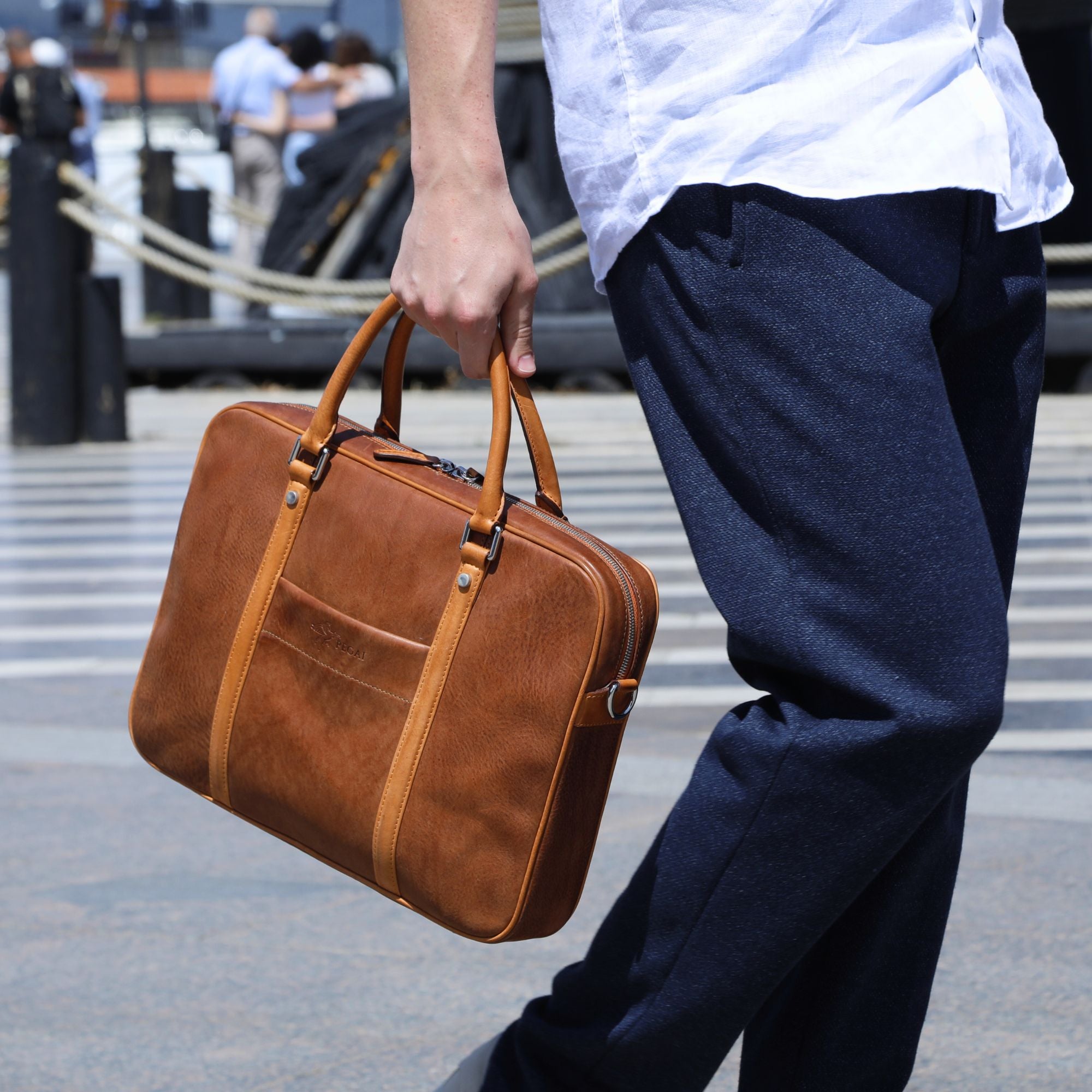
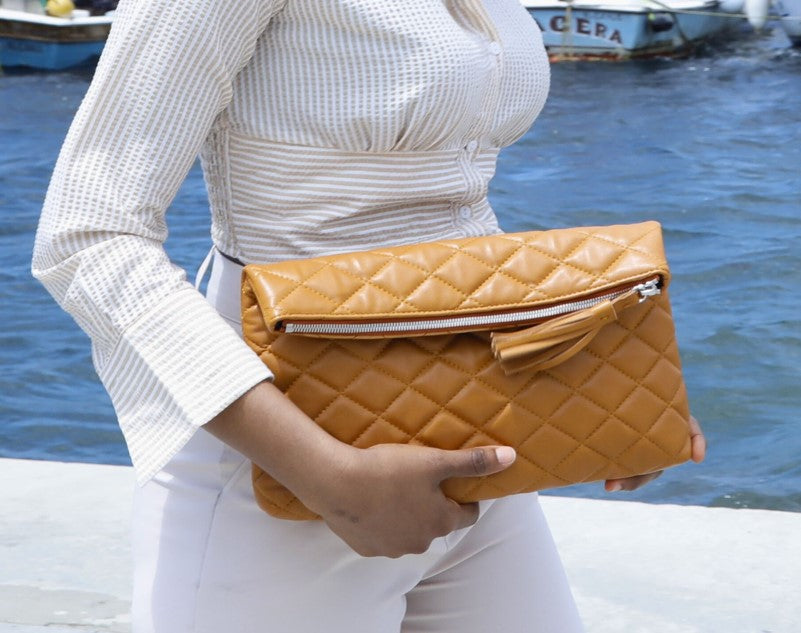
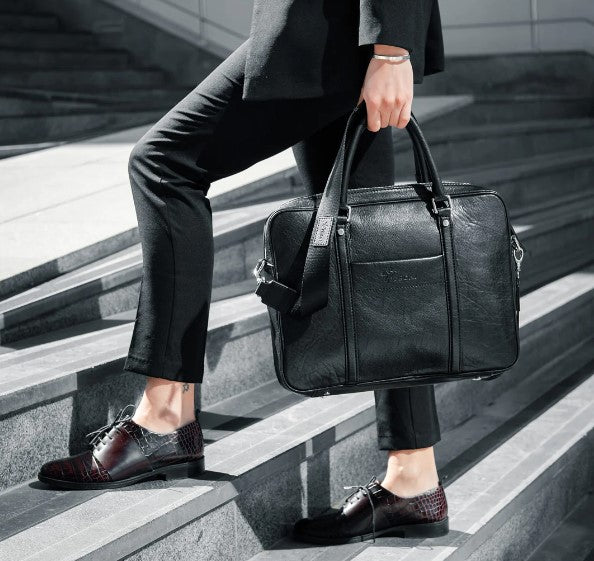
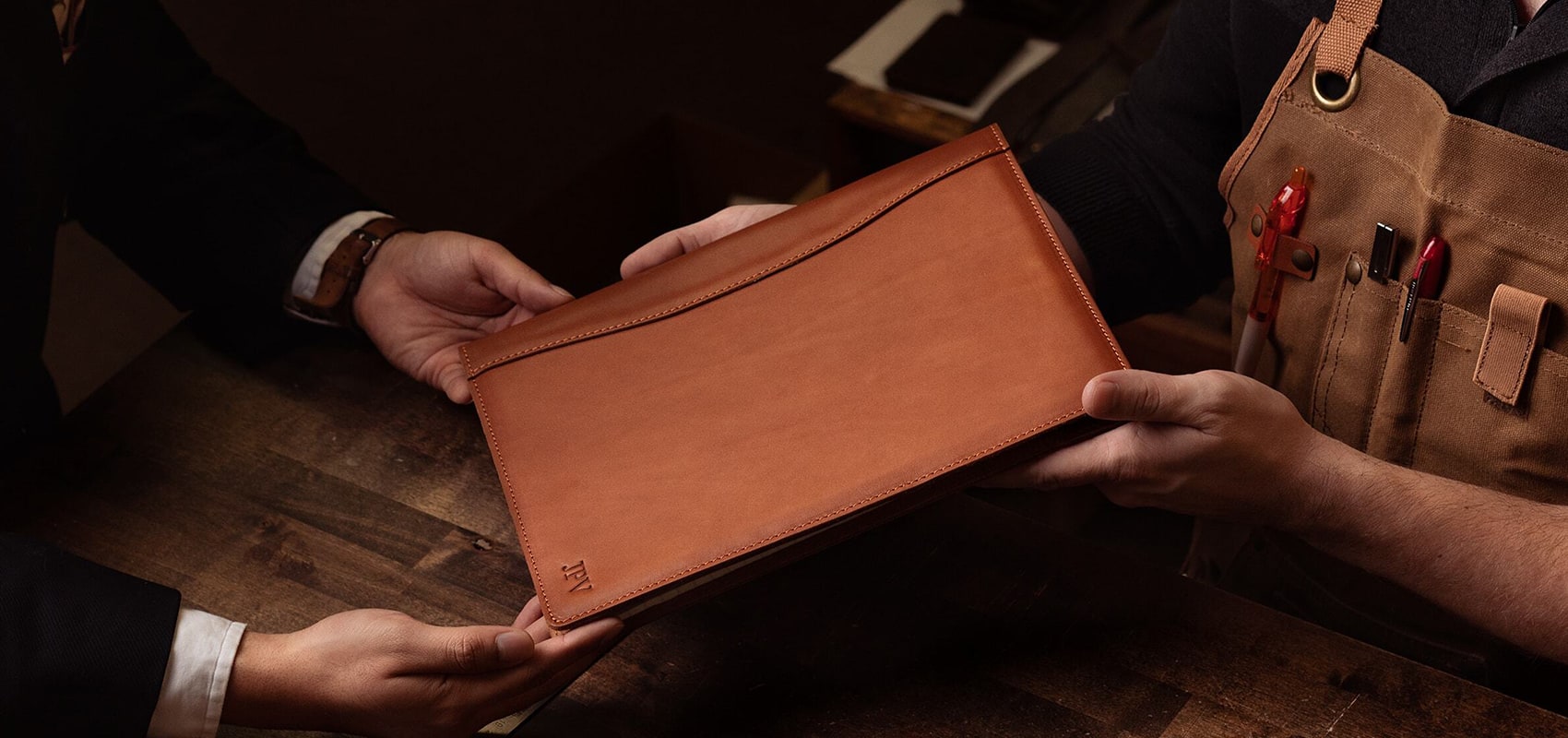
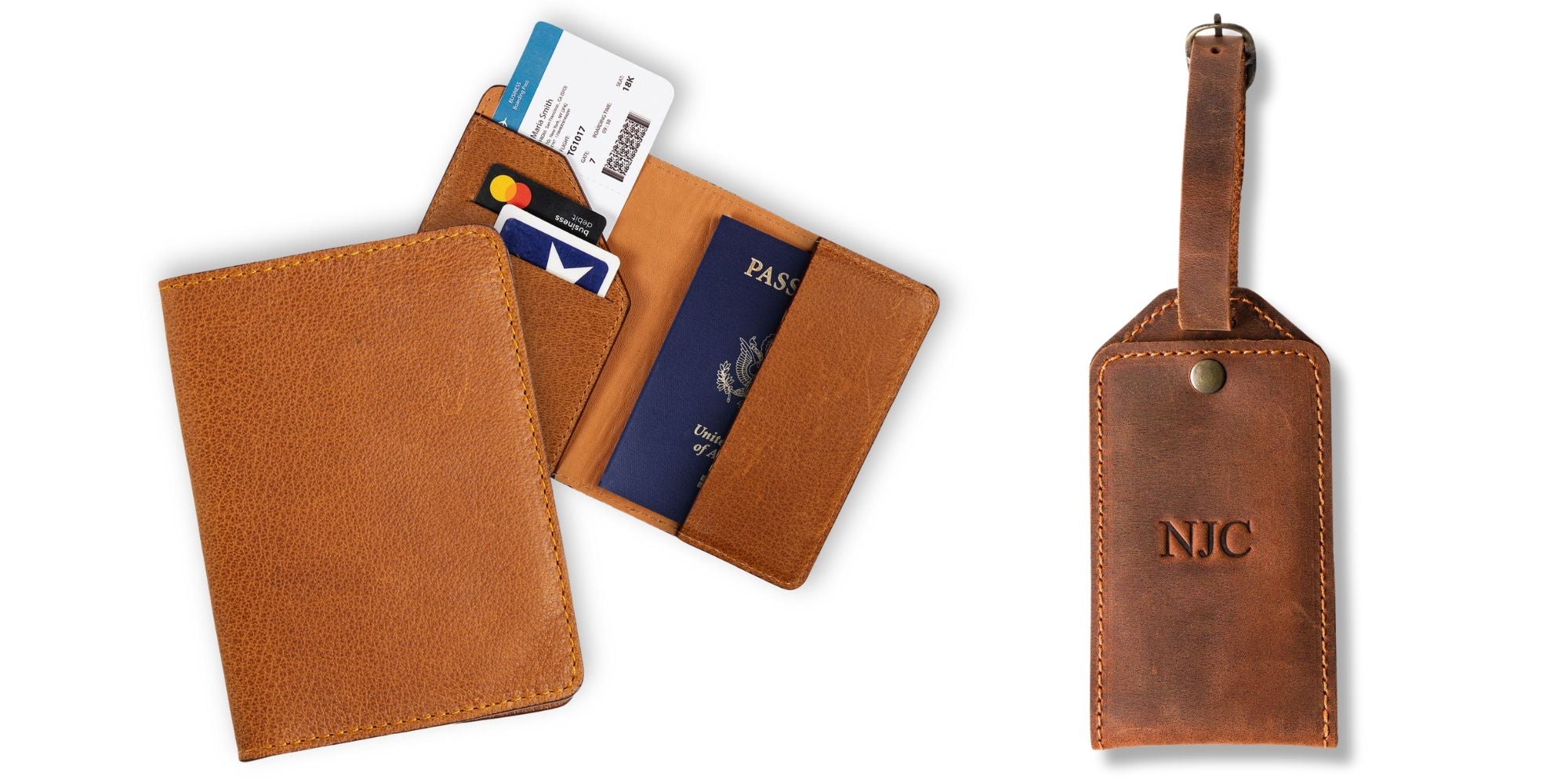
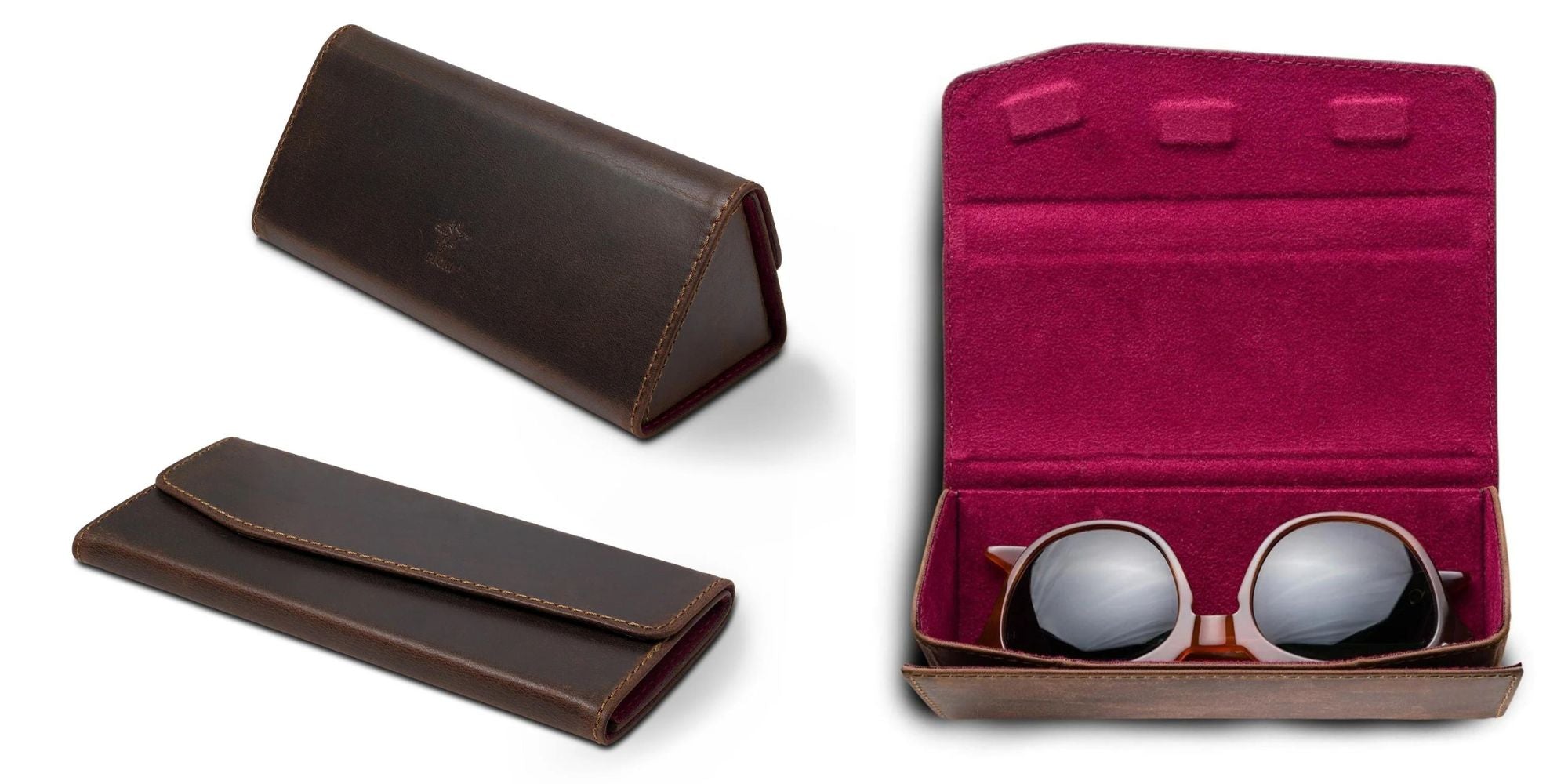
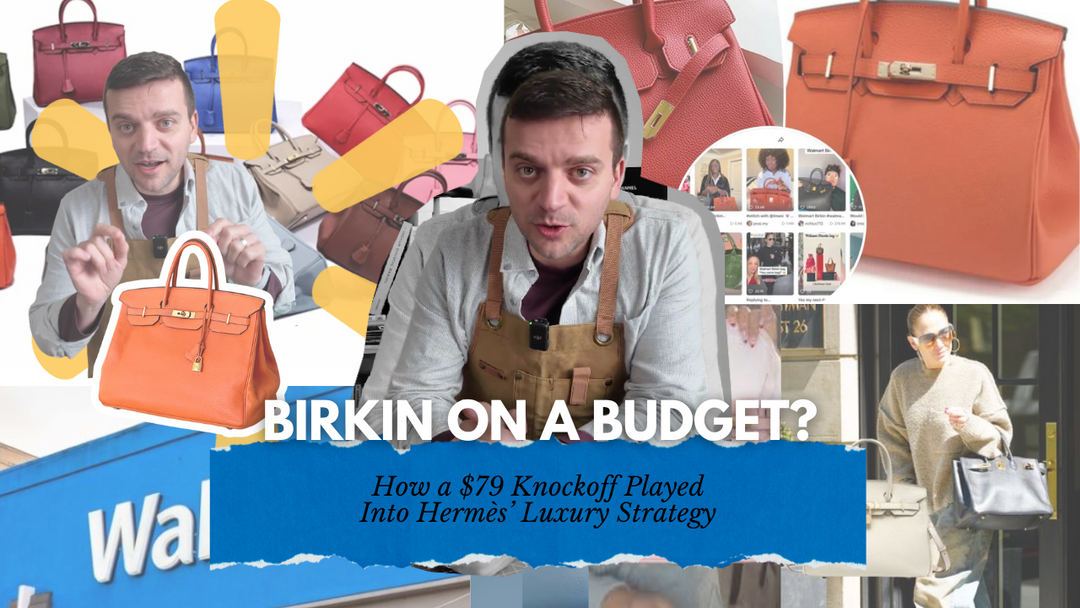
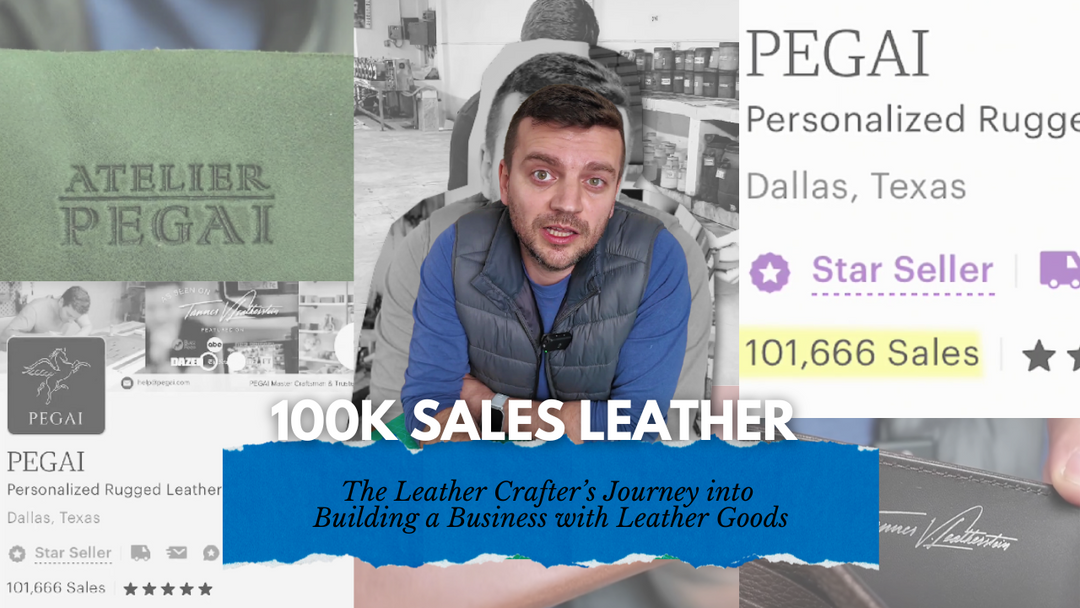
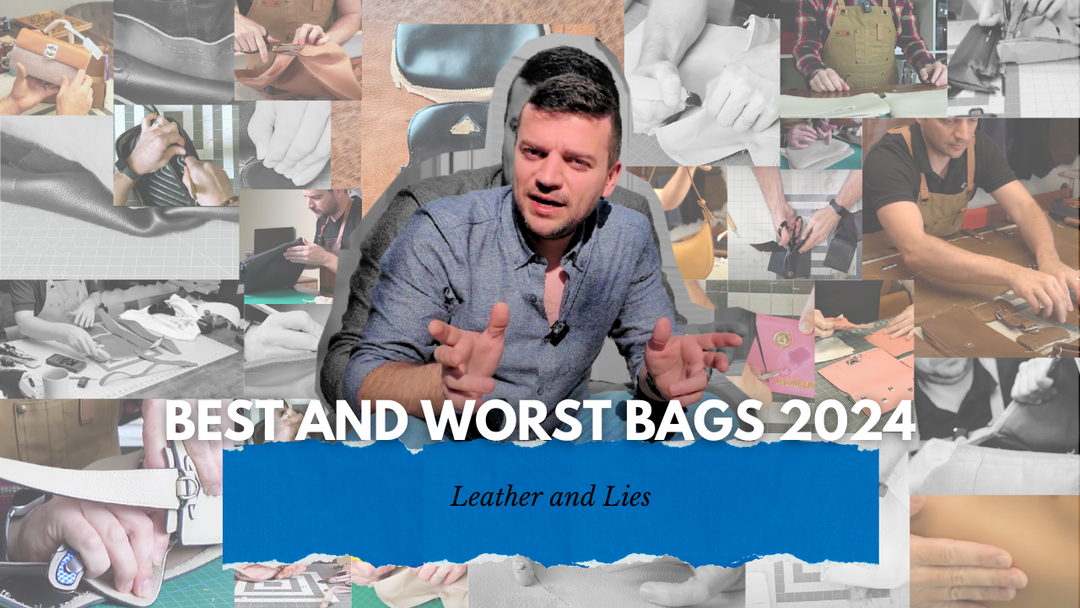
Leave a comment